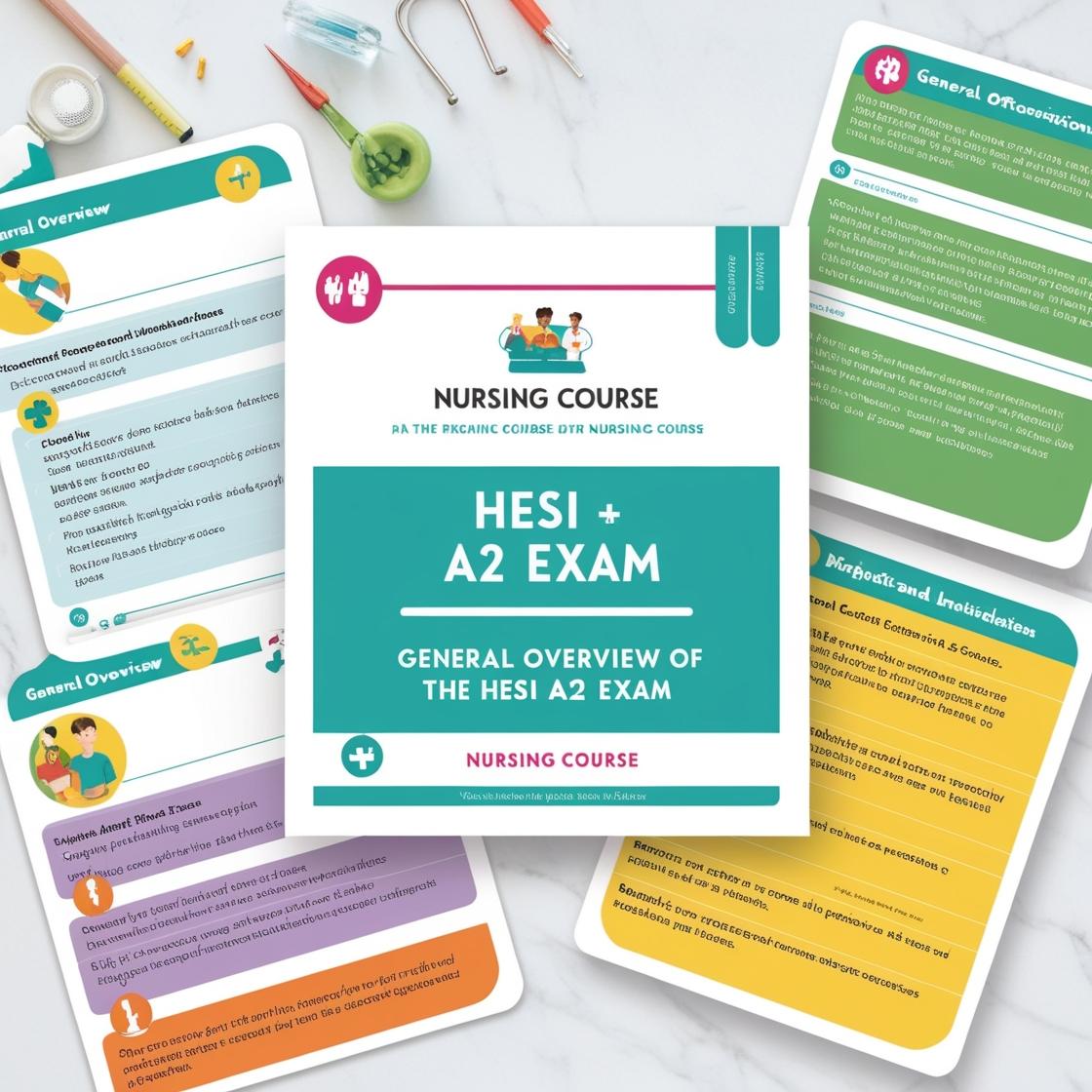HESI A2
Chemistry HESI A2 Quizlet
1. If electrons are not shared equally in a covalent bond, the bond is what?
- A. Polar
- B. Non-polar
- C. Ionic
- D. Hydrogen
Correct answer: A
Rationale: A polar covalent bond occurs when electrons are shared unequally between atoms. In this type of bond, one atom has a stronger pull on the shared electrons, leading to a partial positive and partial negative charge distribution within the molecule. Choice B, non-polar, is incorrect because in non-polar covalent bonds, electrons are shared equally between atoms. Choice C, ionic, is incorrect as ionic bonds involve a transfer of electrons rather than sharing. Choice D, hydrogen, is incorrect as it does not describe the nature of a covalent bond.
2. What charge do Group IIA elements typically have?
- A. 1
- B. +2
- C. -3
- D. 0
Correct answer: B
Rationale: Group IIA elements belong to the alkaline earth metals group in the periodic table. These elements typically have a charge of +2 because they readily lose two electrons to achieve a stable electron configuration. Therefore, the correct answer is B - +2. Choice A (1) is incorrect because Group IIA elements lose two electrons, not one. Choice C (-3) is incorrect because Group IIA elements do not gain electrons to have a negative charge. Choice D (0) is incorrect because Group IIA elements do lose electrons and have a positive charge, not a neutral charge.
3. What is the simplest form of a substance that is represented by a letter or letters?
- A. Compound
- B. Mixture
- C. Element
- D. Molecule
Correct answer: C
Rationale: The correct answer is C, 'Element.' An element is the most basic form of a substance that cannot be broken down further by chemical reactions. Each element is represented by a unique symbol, typically consisting of one or two letters. Choice A, 'Compound,' is incorrect as compounds are formed by the combination of two or more elements. Choice B, 'Mixture,' is also incorrect as mixtures are composed of two or more substances physically combined. Choice D, 'Molecule,' refers to the smallest unit of a compound that retains the chemical properties of that compound, not the simplest form of a substance represented by a symbol.
4. What is the product of the decomposition of water?
- A. Hydrogen and oxygen
- B. Carbon dioxide
- C. Nitrogen and hydrogen
- D. Methane
Correct answer: A
Rationale: The correct answer is A: Hydrogen and oxygen. When water undergoes decomposition, it breaks down into hydrogen and oxygen gases through a process known as electrolysis. This reaction is represented by 2H₂O → 2H₂ + O₂. Choice B, carbon dioxide, is incorrect as it is not a product of water decomposition. Choice C, nitrogen and hydrogen, is incorrect as water decomposes into hydrogen and oxygen, not nitrogen. Choice D, methane, is incorrect as methane is not a product of water decomposition.
5. Which type of chemical reaction involves two ionic compounds where the reactants yield 'switched partners'?
- A. Single replacement
- B. Double replacement
- C. Synthesis
- D. Decomposition
Correct answer: B
Rationale: The correct answer is 'Double replacement.' In a double replacement reaction, two ionic compounds react by exchanging ions, resulting in the formation of two new compounds where the positive and negative ions have 'switched partners.' This type of reaction is characterized by the exchange of ions between the reactants. Choice A, 'Single replacement,' involves an element replacing another in a compound, not the exchange of partners like in the given scenario. Choice C, 'Synthesis,' is the combination of two or more substances to form a more complex product, not involving the exchange of partners. Choice D, 'Decomposition,' is the breakdown of a compound into simpler substances, which is different from the scenario described in the question.
Similar Questions

Access More Features
HESI A2 Basic
$89/ 30 days
- 3,000 Questions with answers
- 30 days access @ $89
HESI A2 Premium
$129.99/ 90 days
- Actual HESI A 2 Questions
- 3,000 questions with answers
- 90 days access @ $129.99
